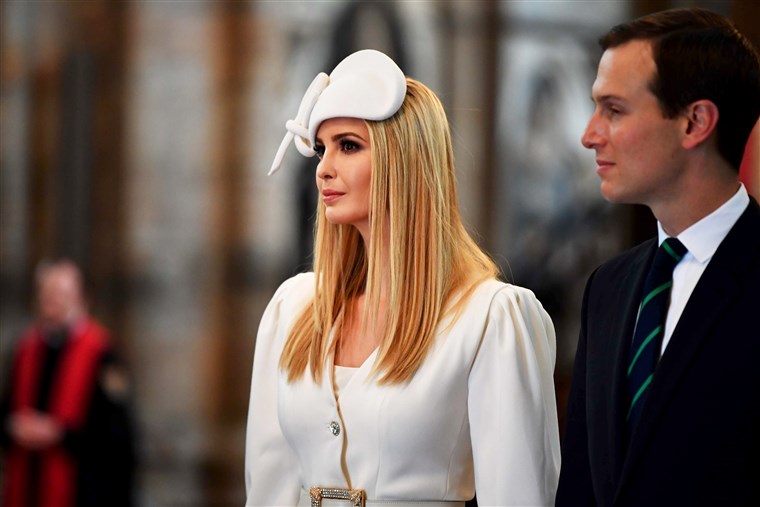Trump Jr. won’t be the only child of Donald Trump’s that ends up going down for their crimes, it appear. It has just surfaced that there’s been a money laundering scheme going through Scotland via a dear friend of Ivanka Trump who has ties to Russia money laundering.
MSNBC’s Rachel Maddow was the one who first brough this to light. It starts with a hotel being built by the Trump Organization and its partners in Azerbaijan. The hotel was a sham, it doesn’t even have roads to it. Ivanka did make some trips there, however, to seemingly make it look legit. She even posted photos of the incomplete project to really sell the story.
Turns out, it’s just a front for money laundering. The hotel never opened and according to The Guardian, the business partner on this sham of a project, Anar Mammadov, was just caught in a Russian money laundering scheme through Scotland. Mammadov and Trump were so connected to this hotel sham that in one of their photos he called her a “dear friend“.

The Guardian reports: “It is not entirely clear where the money used in the scheme comes from. The Russian government paid $29.4m into the Laundromat via its main weapons company, Rosoboronexport. Several transactions link to another $20bn money-laundering scheme, which operated out of Moscow between 2010 and 2014. The scheme, the Global Laundromat, was exposed in March by the OCCRP, Novaya Gazeta and the Guardian.”
While this connection doesn’t put Ivanka behind bars just yet or even implicate her directly, but it does speak volumes about the type of company the Trump family keeps and dig this Russian rabbit hole even deeper. It’s just one more suspicious connection to add to the equation by a member of the Trump family.
Ask yourself this, why would Trump not complete the project? The only logical answer is that the real return on investment didn’t require the building to even be functional.



